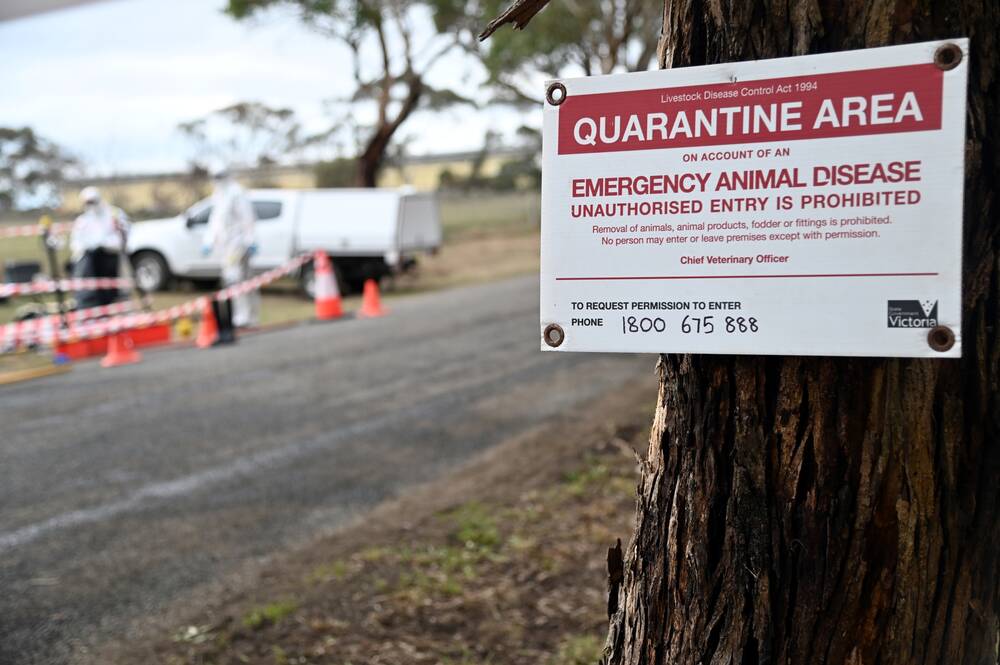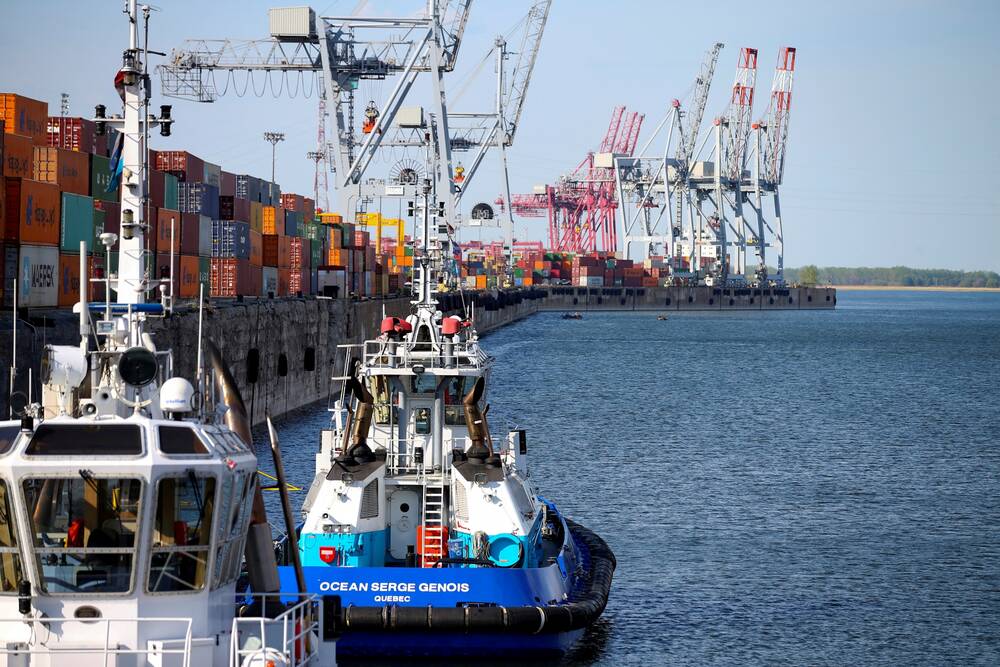‘Awful reality’: Australian government spends $95 million to fight deadly bird flu

The Australian government has committed A$95 million (C$87.2 million) to fight a virulent strain of bird flu wreaking havoc globally.
With the arrival of millions of migratory birds this spring, there is an increased risk of a deadly strain arriving in Australia, known as highly pathogenic avian influenza (HPAI) H5N1.
Australia is the only continent free of this rapidly spreading strain. Overseas, HPAI H5N1 has been detected in poultry, wild birds and a wide range of mammals, including humans. But our reprieve will likely not last forever.
Read Also


Canada labour minister proposes new mediator for Montreal port workers strike
Federal Labour Minister Steve MacKinnon on Tuesday proposed the appointment of a special mediator for a 90-day period in a bid to solve the ongoing labour dispute at the Port of Montreal.
As Environment Minister Tanya Plibersek warned on Monday, “the awful reality of this disease is that – like the rest of the world – we will not be able to prevent its arrival”. HPAI H5N1 is like nothing we’ve seen in Australia. The extra funding, which is in addition to Australia’s current biosecurity budget, will help us prepare and respond.
Avian influenza is a virus that infects birds, but can infect other animals.
In Australia we have various strains of avian influenza that don’t cause disease, referred to as low pathogenic avian influenza. While these viruses occur naturally Australian wild birds, it is the disease-causing strains, such as HPAI H5N1 and HPAI H7 we are worried about. These HPAI strains have enormous consequences for wild birds, domestic animals, and animal producers and workers.
HPAI H5N1 first emerged in Asia in 1996, and has been circulating in Asian poultry for decades. Following genetic changes in the virus, it repeatedly jumped into wild birds in 2014, 2016 and again in 2020, after which it caused an animal pandemic, or panzootic.
Starting in 2021, the virus rapidly spread. First, from Europe to North America in 2021. Then into South America in 2022. There, in South America, the virus caused the death of more than 500,000 wild birds and 30,000 marine mammals.
While we had seen large outbreaks in wild birds globally, the huge outbreaks in seals and sea lions in South America was unprecedented. With this came substantial concern that the virus was spreading from mammal to mammal, rather than just bird to bird or bird to mammal, as was happening elsewhere.
About a year after arriving in South America, the virus was detected in the sub-Antarctic, and a few months later, on the Antarctic Peninsula.
Australia and New Zealand are still free of the virus, for now.
Beyond wildlife, HPAI H5N1 is having a huge impact on poultry.
In 2022 alone, it caused 130 million poultry across 67 countries to die of the illness or be euthanased because they were infected.
In contrast, earlier this year Australia’s biggest avian influenza outbreak to date – caused by a different strain, HPAI H7 – caused the death or destruction of 1.5 million chickens. That’s a drop in the bucket compared to what is occurring globally.
Concerningly, in the United States, the virus has jumped into dairy cattle and so far has affected more than 200 dairy herds in 14 states. It has also jumping into humans: in the past ten days alone, six human cases have occurred – all in dairy workers in California.
Given HPAI H5N1 has spread around the globe, the risk of the virus entering Australia has increased.
In a recent risk assessment, my colleague and I identified two main pathways for H5N1 into Australia.
The most likely route is that H5N1 is brought in from Asia by long-distance migratory birds. Birds such as shorebirds and seabirds arrive in the millions each spring from Asia (and in some cases as far away as Alaska).
A second route is with ducks. If the virus spreads across the Wallace Line (a biogeographical boundary that runs through Indonesia), it will come into contact with endemic Australian duck species.
Unlike shorebirds and seabirds, ducks are not long-distance migrants, and don’t migrate between Asia and Australia. That endemic Australian ducks are not exposed to this virus because they don’t migrate to Asia may be one of the reasons why H5N1 has not yet arrived in Australia.
The Australian government’s new $95 million funding commitment is a crucial response to the heightened level of risk, and the dire consequences if H5N1 entered the country.
The funding is divided between environment, agriculture and human health – the three pillars of the “One Health” approach.
Broadly, the money will be spent on:
- enhancing surveillance to ensure timely detection and response if the disease enters and spreads in animals within Australia
- strengthening preparedness and response capability to reduce harm to the production sector and native wildlife
- supporting a nationally coordinated approach to response and communications
- taking proactive measures to protect threatened iconic species from extinction
- investing in more pre-pandemic vaccines to protect human health.
Importantly, the funding covers preparedness, surveillance and response.
Preparedness includes proactive measures to protect threatened birds – for example, vaccination or reducing other threats to these species) and improving biosecurity.
Surveillance is essential to catch the virus as soon as it arrives and track its spread. Australia already has a wild bird surveillance program which, among other things, investigates sick and dead wildlife as well as sampling “healthy” wild birds. The additional commitment will bolster these activities.
Response will include things like better and faster tests. It will also include funding for practical on-ground actions to limit the spread and impacts of HPAI H5N1 for susceptible wildlife. This might include a vaccination program for vulnerable threatened species, as an example.
This funding is a long-term investment, and mostly allocated to future activities. In the short term, my colleagues and I have already begun our spring surveillance program.
We aim to test about 1,000 long-distance migratory birds arriving in Australia for avian influenza. Based on our risk assessments, we are focusing on long-distance migratory seabirds such as the short-tailed shearwater, and various shorebirds including red-necked stints, arriving from breeding areas in Siberia.
This surveillance program is supported by, and contributes to, the national surveillance program managed by Wildlife Health Australia.
—Michelle Wille is a senior research fellow at the University of Melbourne
Source: Farmtario.com

